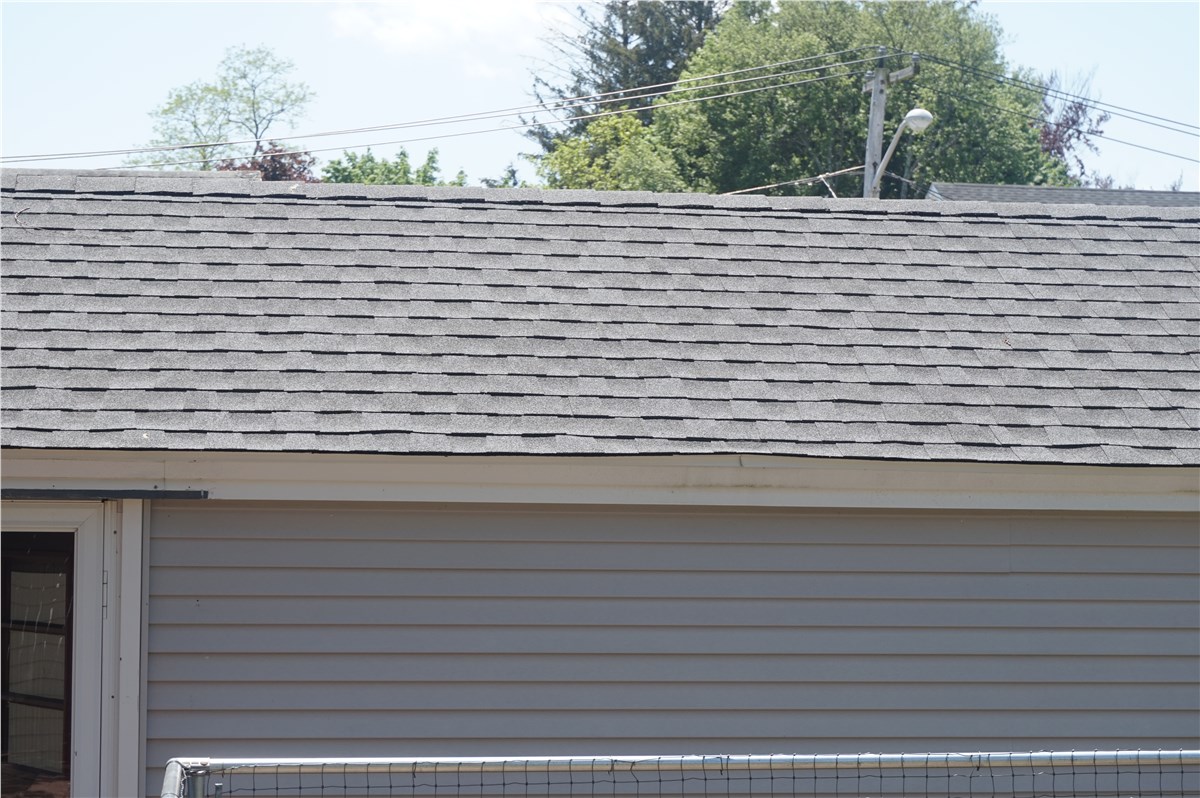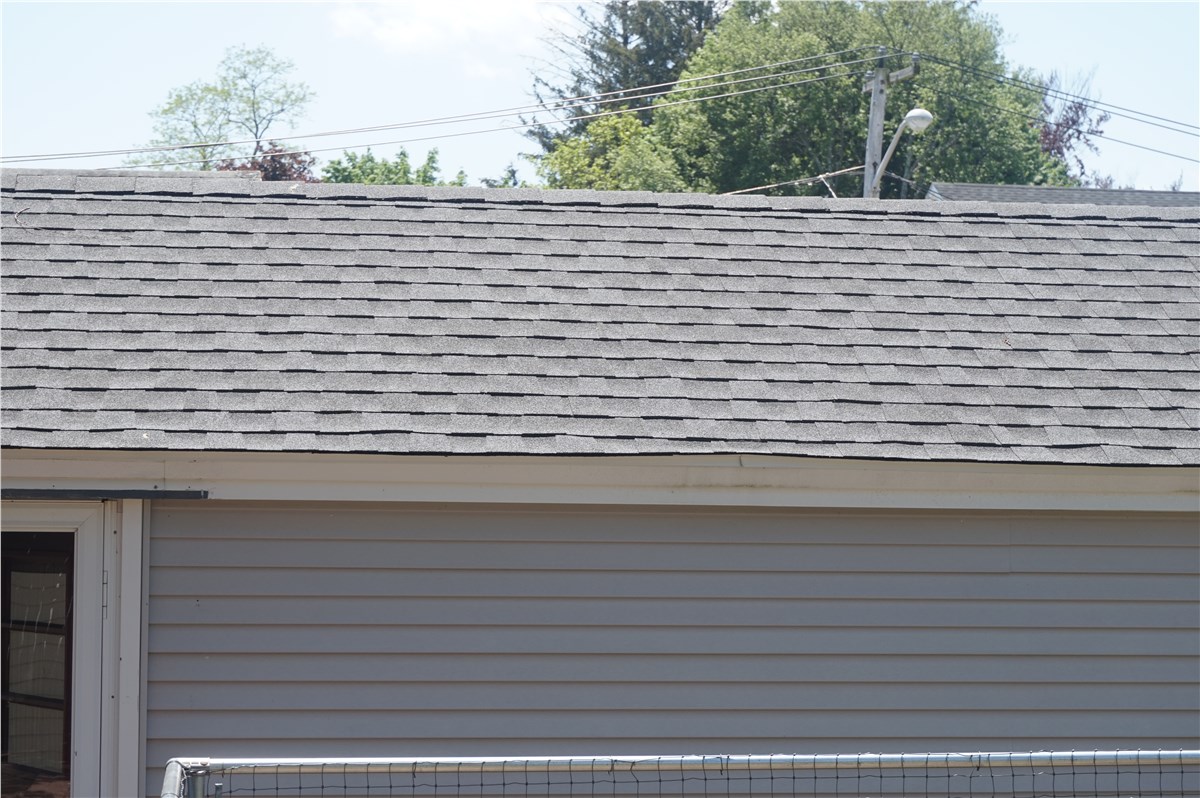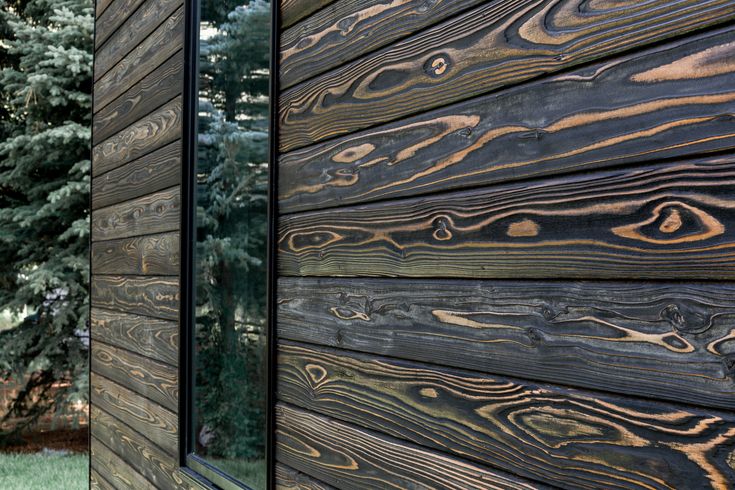Exploring the Beauty of Shou Sugi Ban Exterior Siding
As shou sugi ban exterior siding takes center stage, this opening passage beckons readers into a world crafted with good knowledge, ensuring a reading experience that is both absorbing and distinctly original.
Shou Sugi Ban, a traditional Japanese technique of charring wood to enhance its durability and aesthetic appeal, has found a new life in modern exterior design. Let's delve deeper into the art and science behind this unique siding option.
Introduction to Shou Sugi Ban Exterior Siding
Shou Sugi Ban, also known as Yakisugi, is a traditional Japanese technique of charring cypress wood to enhance its durability and resistance to weather elements.
Origins and History of Shou Sugi Ban
Shou Sugi Ban dates back to the 18th century in Japan, where it was used to protect wooden structures from insects, fire, and decay. The process involves charring the wood surface, cooling it, cleaning it, and finishing it with natural oil.
Unique Characteristics of Shou Sugi Ban Siding
- Exceptional durability due to the charring process, making it resistant to rot, insects, and fire.
- Distinctive aesthetic appeal with a charred, textured look that adds a modern and rustic touch to any exterior design.
- Low maintenance requirements as the charred surface acts as a protective layer, reducing the need for frequent refinishing.
Popularity and Modern Applications of Shou Sugi Ban
In recent years, Shou Sugi Ban has gained popularity in contemporary architecture and exterior design for its unique appearance and sustainable qualities. It is commonly used in residential homes, commercial buildings, and landscaping features to create a striking visual impact while promoting environmental consciousness.
Shou Sugi Ban Siding Process
Shou Sugi Ban is a traditional Japanese technique for charring wood to create a unique and stunning exterior siding. The process involves carefully burning the surface of the wood to enhance its durability, weather resistance, and aesthetic appeal.
Traditional Process of Creating Shou Sugi Ban Siding
The traditional process of creating Shou Sugi Ban siding starts with selecting high-quality wood, typically cedar, cypress, or pine. The wood is then carefully charred using a controlled flame until the surface turns black. After charring, the wood is cooled, cleaned, and then finished with natural oils to enhance its appearance and protect it from the elements.
Different Wood Species Commonly Used for Shou Sugi Ban
While cedar is the most commonly used wood species for Shou Sugi Ban siding, cypress and pine are also popular choices. Each wood species offers unique characteristics and grain patterns that can influence the final look of the charred wood.
Environmental Impact of the Shou Sugi Ban Charring Process
The charring process used in Shou Sugi Ban siding is considered environmentally friendly because it does not require the use of chemicals or preservatives. Additionally, the charred wood is naturally resistant to pests, decay, and fire, reducing the need for additional treatments that may harm the environment.
Benefits of Shou Sugi Ban Exterior Siding
Shou Sugi Ban exterior siding offers a range of benefits that make it a popular choice for both residential and commercial properties. From its unique aesthetic appeal to its durability and low maintenance requirements, Shou Sugi Ban stands out as a versatile and practical siding option.
Key Advantages of Shou Sugi Ban
- Unique Aesthetic: The burnt wood finish of Shou Sugi Ban creates a striking appearance that adds character and charm to any building.
- Durability: Shou Sugi Ban is highly resistant to rot, pests, and fire, making it a long-lasting siding option that can withstand harsh weather conditions.
- Low Maintenance: Unlike other siding materials that require regular painting or sealing, Shou Sugi Ban requires minimal upkeep due to its natural resistance to moisture and insects.
Comparing Durability with Other Siding Materials
- Shou Sugi Ban vs. Cedar: While cedar is a popular choice for exterior siding, Shou Sugi Ban surpasses it in terms of durability, as the charring process enhances the wood's natural resistance to decay.
- Shou Sugi Ban vs. Vinyl: Vinyl siding may be low maintenance, but it lacks the unique aesthetic and longevity of Shou Sugi Ban, which can last for decades with proper care.
Maintenance Requirements for Shou Sugi Ban Siding
- Cleaning: Periodic cleaning with a gentle brush or hose to remove dirt and debris is usually sufficient to maintain the appearance of Shou Sugi Ban siding.
- Re-Oiling: Over time, the wood may benefit from re-oiling to refresh the finish and enhance its protective properties, ensuring a long lifespan for the siding.
Design and Aesthetic Considerations
When incorporating Shou Sugi Ban siding into different architectural styles, it's essential to consider the overall aesthetic impact and how it complements the existing design elements of a structure. The unique texture and color variations of Shou Sugi Ban can add depth and character to various architectural styles, from modern to traditional.
Design Tips for Incorporating Shou Sugi Ban Siding
- Contrast: Pair the dark, charred finish of Shou Sugi Ban with lighter materials for a striking contrast.
- Texture Play: Use the textured surface of Shou Sugi Ban to create visual interest and dimension on a facade.
- Accent Pieces: Consider using Shou Sugi Ban as an accent material to highlight specific architectural features or sections of a building.
Color Variations and Finishes
- Traditional Charred: The classic black charred finish of Shou Sugi Ban adds a dramatic and timeless look to any exterior.
- Torched Finish: A torched finish can result in varying shades of gray, adding a modern touch to the siding.
- Weathered Look: Over time, the charred wood can develop a weathered patina, further enhancing its natural beauty.
Examples of Creative Uses in Exterior Design
Shou Sugi Ban can be creatively incorporated into exterior design in various ways, such as:
- Accent Walls: Using Shou Sugi Ban for an accent wall can create a focal point and add visual interest to the overall design.
- Cladding: Covering the entire exterior of a building in Shou Sugi Ban can give it a sleek and modern look with a touch of rustic charm.
- Furniture: Extending the use of Shou Sugi Ban to outdoor furniture pieces can tie in the design elements seamlessly with the exterior siding.
Installation and Maintenance of Shou Sugi Ban Siding
Installing Shou Sugi Ban siding involves several key steps to ensure proper application and longevity. Maintenance practices are crucial to preserve the appearance and durability of this unique exterior siding material.
Installation Process
- Prepare the surface: Ensure the area where the siding will be installed is clean, dry, and free of debris.
- Measure and cut: Accurately measure the dimensions needed for the siding panels and cut them to fit the installation area.
- Apply the siding: Securely attach the Shou Sugi Ban siding panels to the exterior of the building using appropriate fasteners.
- Seal the siding: Optionally, apply a protective sealant to enhance the longevity of the siding and protect it from the elements.
Maintenance Best Practices
- Regular cleaning: Periodically clean the Shou Sugi Ban siding with a mild soap and water solution to remove dirt and debris.
- Inspect for damage: Routinely inspect the siding for any signs of wear, damage, or discoloration that may require repair or maintenance.
- Reapply sealant: If a sealant was initially applied, consider reapplying it according to the manufacturer's recommendations to maintain protection.
Common Challenges During Installation
- Weather conditions: Adverse weather can impact the installation process, so it's essential to plan accordingly and work during optimal conditions.
- Proper ventilation: Ensuring adequate ventilation behind the siding panels is crucial to prevent moisture buildup and potential damage.
- Fastener selection: Using the correct fasteners and installation techniques is vital to secure the siding properly and prevent issues down the line.
Last Word
In conclusion, Shou Sugi Ban exterior siding offers a blend of timeless elegance and contemporary flair. Whether you're drawn to its rich history or its eco-friendly benefits, incorporating this technique into your home's design can truly elevate its character and charm.
Quick FAQs
What makes Shou Sugi Ban siding unique?
Shou Sugi Ban siding is prized for its striking appearance, enhanced durability, and resistance to fire, rot, and pests.
How long does Shou Sugi Ban siding last?
With proper maintenance, Shou Sugi Ban siding can last up to 80 years or more, making it a long-lasting and sustainable choice for exterior cladding.
Can Shou Sugi Ban siding be painted?
While Shou Sugi Ban siding is traditionally left unpainted to showcase its charred texture, it can be painted if desired, though this may alter its original aesthetic.


